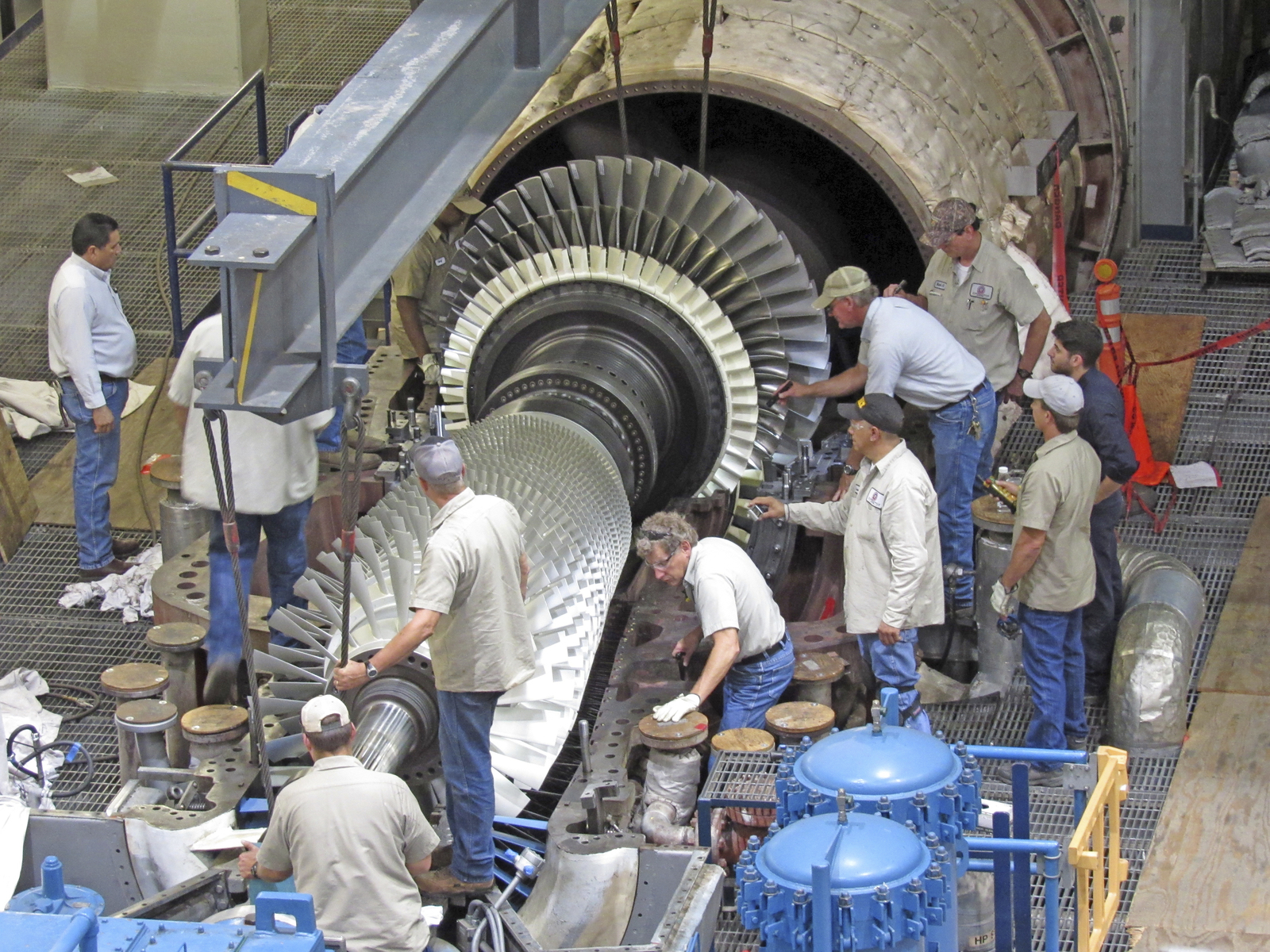Project Location
Austin, TX
United States
Project Owner
Project Type
The University of Texas at Austin (UT Austin) is the first PEER-certified campus in the world. Since 1929, UT Austin has generated 100 percent of its own electric power and thermal energy. From 1976 to 2013, the campus nearly doubled in size from 9 million to 17 million square feet. To support that growth, the energy produced by UT Austin’s district energy system also doubled, yet the university managed to keep fuel consumption flat by increasing annual energy production efficiency by 30 percent. The campus uses the same amount of fuel today as it did in 1976, essentially achieving carbon-neutral growth.
Over the last decade, UT Austin has continuously reinvested back into its system, using money from energy savings and reduced fuel costs to pay for nearly $150 million in energy efficiency and capacity upgrades. Today, UT Austin’s islanding capabilities can keep the campus’s lights on if the surrounding area were to experience a widespread outage. Additionally, the campus’s excess generation capacity and rapid load shedding capability ensure power the university’s critical facilities should one of the campus’s own primary generators go offline. UT Austin also provides real time energy use data to its building occupants. The ability of occupants to see their consumption data lets them monitor and better understand their usage, and ultimately reduce demand.
Using PEER, the university identified possible sources for additional revenue, costs that could be avoided in the future, and estimates of the unrealized value of potential improvements. A list of opportunities for sustained improvement was also developed as part of the PEER process. PEER certification validates UT Austin’s accomplishments, sets a benchmark for other campus facilities, and demonstrates the university’s commitment to sustainable power systems and continuous improvement.




